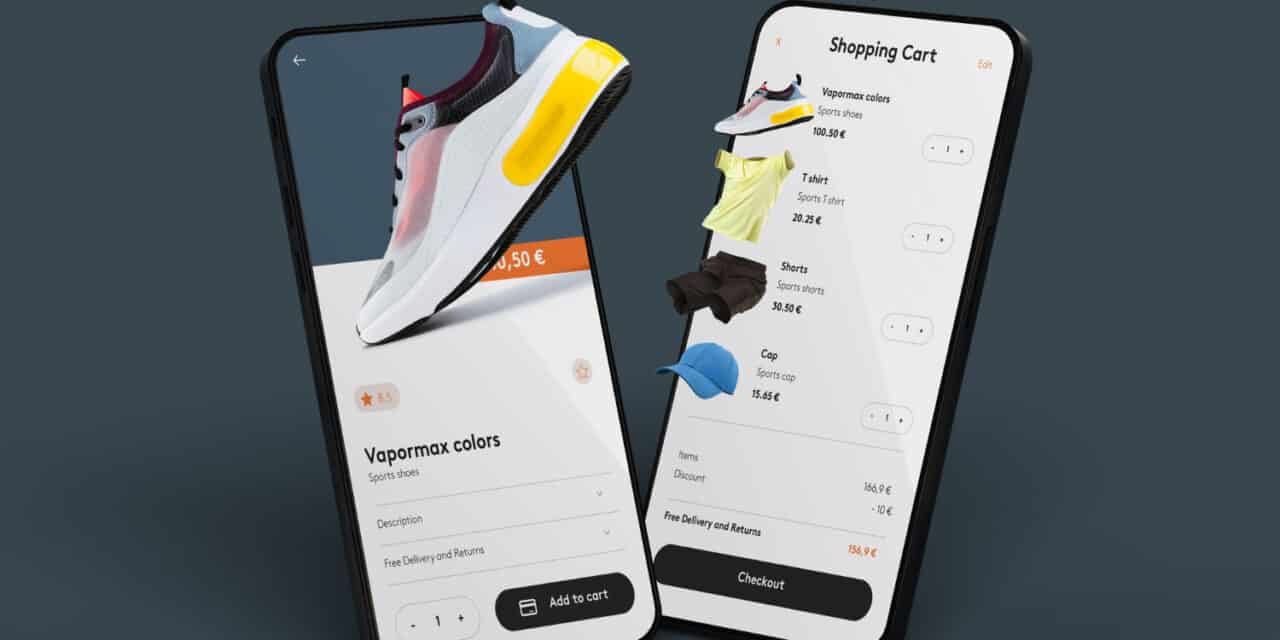In today’s digital world we all access the internet through mobile devices. Smartphones and tablets are the tools we use to browse, shop and consume content. This change in behavior has changed the way we design websites and given rise to the mobile first approach. Rather than adapting desktop designs to fit smaller screens, mobile first design starts with mobile and scales up from there.
This isn’t just about looks or convenience. Mobile first design affects bounce rate and user engagement and how search engines rank websites. In this article we’ll look at the impact of mobile first design on bounce rate, engagement and SEO and best practices for implementation. Whether you have a blog, e-commerce store or corporate website, understanding mobile first design is key to long term success in 2025 and beyond.
What is Mobile First Design
Mobile first design is a web development approach that puts the mobile user experience first. Instead of designing a website for desktop and then scaling it down for mobile developers start with the mobile version and build up to larger screens. This way essential content and functionality is accessible and user friendly on smaller devices.
The mobile first strategy emerged as a response to the growing number of users accessing the web through smartphones. It’s about clean layouts, fast load times, responsive images, touch friendly buttons and simplified navigation. This design method is how people actually interact with websites on mobile devices. When done correctly, mobile first design makes websites more intuitive, easier to navigate and faster to load – all qualities that improve user satisfaction and search engine rankings.
Why Mobile Usage Matters More Than Ever
Over the past decade, mobile usage has grown exponentially. More than half of global web traffic now comes from mobile devices. People are using their phones to shop, search for information, and engage with content on social platforms and websites. For many users, a mobile device is their primary or only way to access the internet.
Because of this, Google and other search engines have shifted their focus to mobile-first indexing. This means they evaluate and rank pages based on the mobile version of a website, not the desktop one. If a site performs poorly on mobile, it will struggle to rank; even if the desktop version is well-optimized. This makes mobile-first design SEO a critical part of any digital strategy. Websites that load quickly, look good, and function properly on mobile are rewarded with higher visibility in search results.
How Mobile-First Design Reduces Bounce Rate
Bounce rate refers to the percentage of visitors who leave a website after viewing only one page. High bounce rates are often a sign that users aren’t finding what they need or are frustrated by a poor user experience. Mobile first design helps lower bounce rates by ensuring that visitors can access content quickly and easily on their devices. With fast load times, minimal scrolling, and user-friendly navigation, mobile-first websites reduce friction and encourage visitors to stay longer.
For example, if a mobile user lands on a site and has to pinch and zoom to read text or click buttons, they’re likely to leave. On the other hand, a site that fits their screen perfectly, loads in under three seconds, and offers intuitive interactions will keep them engaged. A lower bounce rate mobile signals to search engines that users find the content valuable, which can positively affect rankings.
The Connection Between Design and User Engagement
User engagement is how visitors interact with a website. It’s clicking links, scrolling through content, watching videos, filling out forms. High engagement means users are interested and invested in what the site has to offer. Design plays a big role in engagement. A mobile-first approach supports stronger user engagement on mobile by presenting information in bite-sized chunks that are easy to consume on smaller screens. Clear call-to-action buttons, scannable layouts and optimized images make for a smoother experience.
When users can navigate a mobile site easily they’ll browse more pages, read full articles or make a purchase. This level of engagement not only improves conversion rates but also tells search engines your site is providing value. Mobile first design doesn’t just look better. It performs better by matching how users behave on mobile devices.
Mobile First Design and SEO
Search engine optimisation is directly impacted by mobile usability. With mobile-first indexing in place, Google considers mobile speed, layout and usability as ranking factors. A site that provides a poor mobile experience may see drops in organic visibility even if the desktop version is optimised.
Mobile first design SEO improves crawlability and indexing by making the most important content easily accessible to mobile bots. Features like responsive layouts, compressed images and clean code structures help search engines understand and rank your pages.
Page speed is also key. Mobile users expect websites to load fast and Google uses load time as a ranking signal. Reducing file sizes, enabling lazy loading and using content delivery networks can all speed up and support better SEO results. Implementing mobile first design isn’t just about the user experience. It’s a strategic move that enhances search engine performance and long-term discoverability.
Common Mistakes in Mobile Design That Hurt Performance
While adopting mobile-first principles is a smart move, it’s important to avoid common pitfalls that can undermine the benefits. One mistake is hiding important content or features on mobile. Some websites strip down the mobile version too much, removing functionality that users expect. This can frustrate visitors and increase bounce rate.
Another issue is using oversized images or uncompressed media. These slow down load times and drain data, especially for users on limited plans. Poor contrast, small fonts, and cluttered layouts also reduce readability and accessibility. To support user engagement mobile, it’s important to balance simplicity with functionality. Ensure that users can easily access key features without unnecessary steps or delays. A successful mobile first design strategy involves continuous testing and iteration. Use analytics to track behavior and make changes based on real user data.
Real-World Benefits of Mobile-First Optimization
Brands that adopt mobile-first strategies often see immediate improvements in both bounce rate and engagement. For example, e-commerce businesses with mobile-optimized checkouts experience fewer cart abandonments. Blogs that load quickly and display content cleanly on phones tend to see longer session durations and more page views per visit.
The impact on bounce rate mobile is particularly noticeable. Sites that were once experiencing high exit rates due to clunky mobile layouts often see reductions after redesigning with mobile-first in mind. Increased user engagement mobile also leads to more conversions. Whether the goal is newsletter signups, purchases, or video views, making it easier for users to complete these actions on mobile directly influences success.
These real-world results show that mobile first design is more than a trend. It’s a proven strategy that supports business goals and improves the overall digital experience.

Adapting to the Future of Mobile Usage
Mobile usage will continue to dominate the digital landscape. With the growth of 5G, mobile-first indexing, and AI-powered personalization, user expectations are rising. People expect fast, intuitive experiences on their phones; and they’re quick to abandon sites that don’t deliver. That’s why forward-thinking businesses are investing in mobile first design SEO, responsive frameworks, and continuous performance testing. They’re building content structures that prioritize clarity, interactivity, and speed.
As devices evolve and user behavior changes, flexibility will be key. Mobile first design is not a one-time project. It’s an ongoing commitment to user-centric thinking and digital adaptability. Evolving with this shift ensures that your brand remains relevant, accessible, and competitive in the years ahead.
Conclusion: Designing for the Mobile-First World
Mobile first design marks a major shift in web development, focusing on user experience through fast, simple, and intuitive interfaces. As mobile becomes the main way users access content, prioritizing this approach boosts engagement, SEO, and conversions. In 2025 and beyond, mobile-first is essential for digital success.












